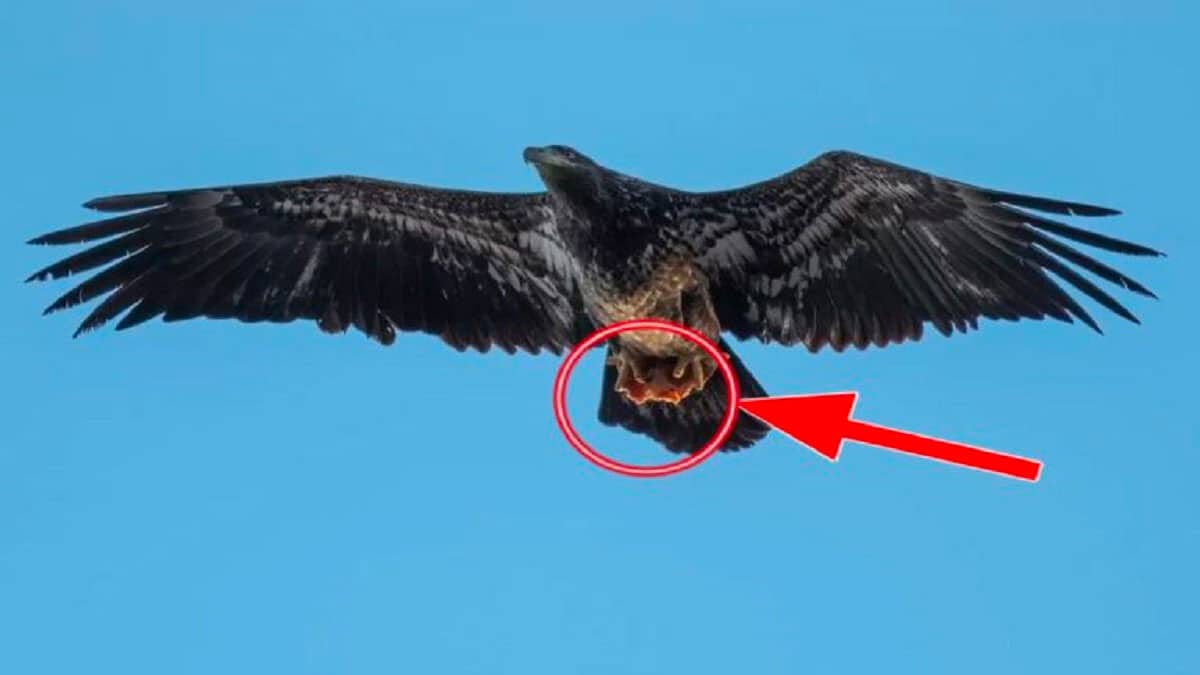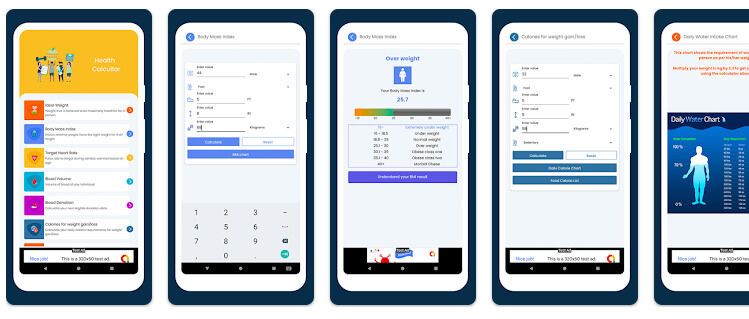Sports injuries, particularly concussions, are a common safety concern among athletes, especially school-age children. Annually, tens of thousands of American children suffer from these brain injuries, which can be extremely dangerous, even life-threatening, if a second concussion occurs before the first one has healed.
Primary and essential is the emphasis on safety. Parents can play a leading role in minimising the risk of concussions by implementing four crucial steps:
First, ensure that your child’s sports institution, whether a school, a league, or a district, has a concise and reliable concussion policy. Coaches must know how to identify and handle these injuries, which should include consulting with a healthcare professional to decide when it’s safe for the athletes to resume playing.
Second, stress to your children the importance of abiding by the game’s rules and the coach’s safety guidelines.
Third, promote good sportsmanship in your child.
Fourth and lastly, insist that your child wear suitable protective gear. Helmets are indispensable during activities such as cycling or skateboarding, or in collision sports, like football or ice hockey. They drastically mitigate the risk of severe brain injury or skull fractures. However, helmets are not designed to prevent concussions, making it imperative for children to avoid hits to the head as much as possible.
The signs of a concussion can be very subtle and may take several hours or even days to become visible. Athletes who suffer a concussion may either be oblivious to their circumstances or insist that they are fine, making it a primary responsibility of parents and coaches to closely watch for any changes in behaviour or other signs indicating a concussion.
Symptoms that your child might bring to your attention may involve headache, nausea or vomiting, balance or vision disorders, and sensitivity to light or noise. Alternatively, parents might identify signs such as a dazed look, confusion or forgetfulness, clumsy movements, slow responses to questions, changes in mood, behaviour, or personality, or loss of consciousness.
If you suspect your child has suffered a concussion, specific and immediate steps must be taken to help your child’s brain heal safely and effectively. Early treatment leads to better recovery outcomes because brain injuries can manifest in various ways. Accordingly, the plan to recover from a concussion might involve different types of practitioners such as doctors, physical therapists, occupational therapists, speech therapists, and vision therapists.
If a concussion is suspected, it is advisable to consult your child’s primary care physician right away, or in cases of severe symptoms, take your child promptly to the emergency department. Educate yourselves about concussions because awareness is crucial in combating this prevalent sports injury.
Meet Dr Kelsy M. Parker, a specialist in physical medicine and rehabilitation with a focus on sports medicine. Dr Parker, a graduate of medical school at Creighton University in Omaha and having completed a physical medicine and rehabilitation residency program at the University of Washington and a sports medicine fellowship at Mercy Health Center, is an expert you can trust. Being a former collegiate athlete herself, she has a special interest in the prevention and treatment of sports injuries, specifically concussions. A dynamic individual, when not at work, Dr Parker enjoys spending time outdoors with her husband and four lively children. However, not treading far from her passion, she also indulges in running, travelling, volunteering with young athletes, and cheering on her favourite basketball team, the Portland Pilots.




